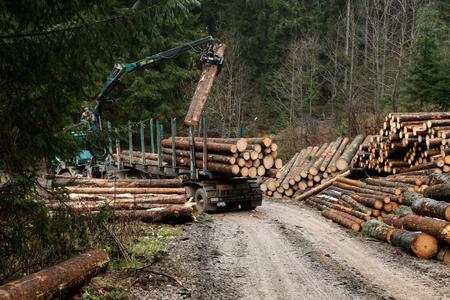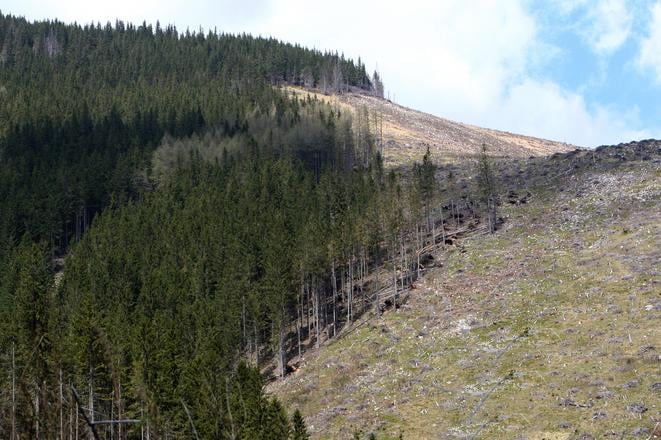Slovak forests are disappearing and the extensive logging is causing harm to their biodiversity and water retaining ability, say activists involved in environmental protection. Foresters, on the other hand, argue that they can log more because there is more wood, and that the forests are growing.
Foresters claim that Slovak forests are in a good shape and their acreage keeps increasing. Slovakia is one of the most woody countries in Europe with more than 2.14 million hectares of forests, said Radko Srnka, spokesperson of the Lesy SR state forest management company under the auspices of the Agriculture Ministry.
Wood stock in the Slovak forests has doubled in the past 50 years, Lesy SR spokesperson Radko Srnka said and stressed that the problem in the national parks is being caused by calamity wood processing and stresses that calamities occur ever more frequently.
“When a disaster hits us, we reduce planned logging and focus primarily on the processing of trees fallen or damaged during the calamity,” Srnka told The Slovak Spectator. “We always try not to log more wood than is acceptable or bearable for the forest.”
Conflicting opinions on logging are not exemplified only by the state vs. activists divide. Differences between the Agriculture Ministry and the Environment Ministry have led the latter to drafting the Memorandum on Forest.

“The reduction of forests in national parks is caused not just by calamities, as some foresters claim, but also by wood logging,” Michal Lukáč from the Environment Ministry’s press department wrote in a statement for The Slovak Spectator.
Logging yes, but how?
The State Nature Conservancy of the Slovak Republic (ŠOP SR), a special organisation of the Environment Ministry, admits that if it were not for calamities, there would not be a significant problem in the total amount of logged wood. Mistakes mostly concern logging methods: very often large-area clearcut logging is applied instead of selective logging of harmed trees.



 Illustrative stock photo (source: SME)
Illustrative stock photo (source: SME)